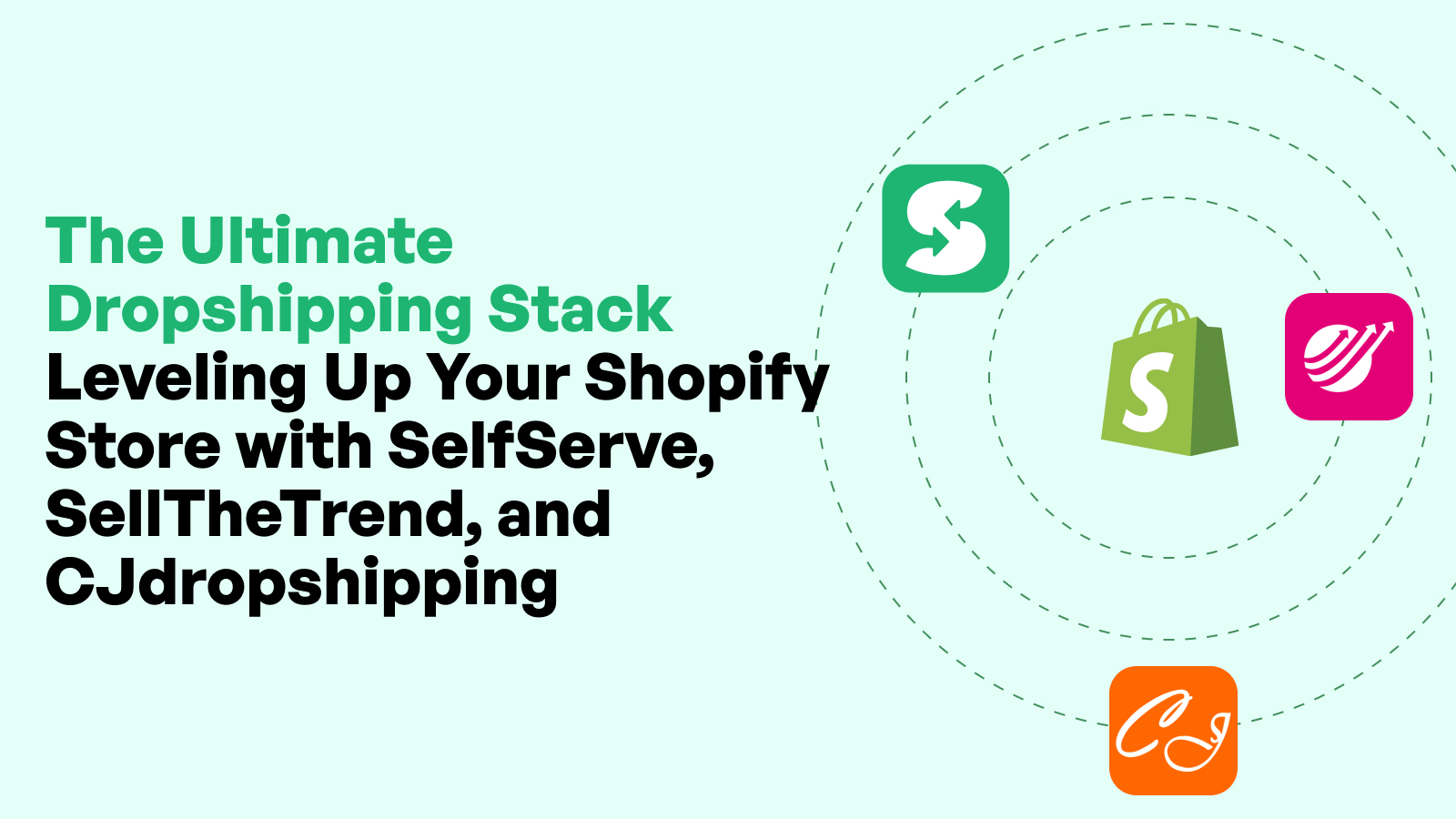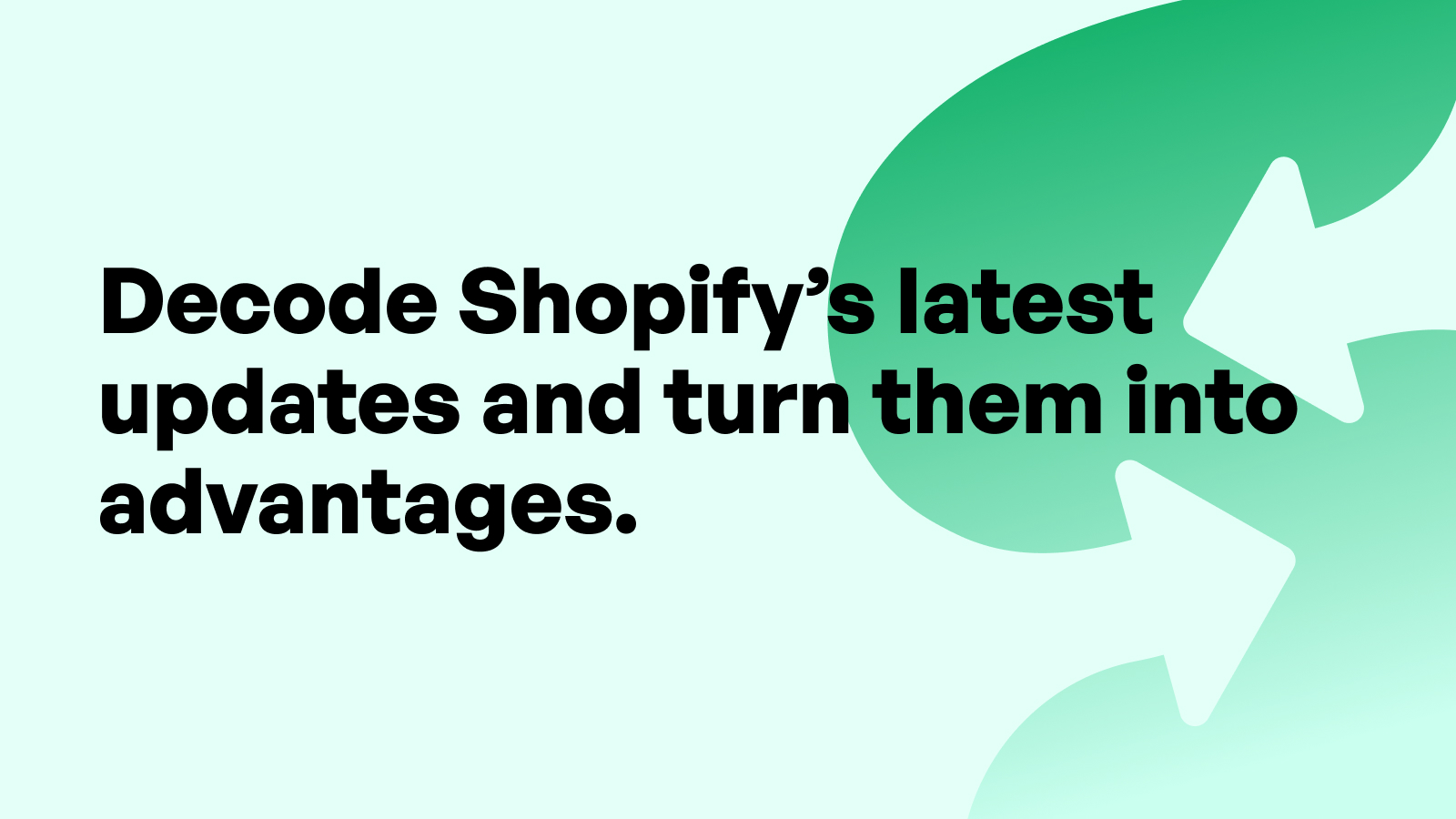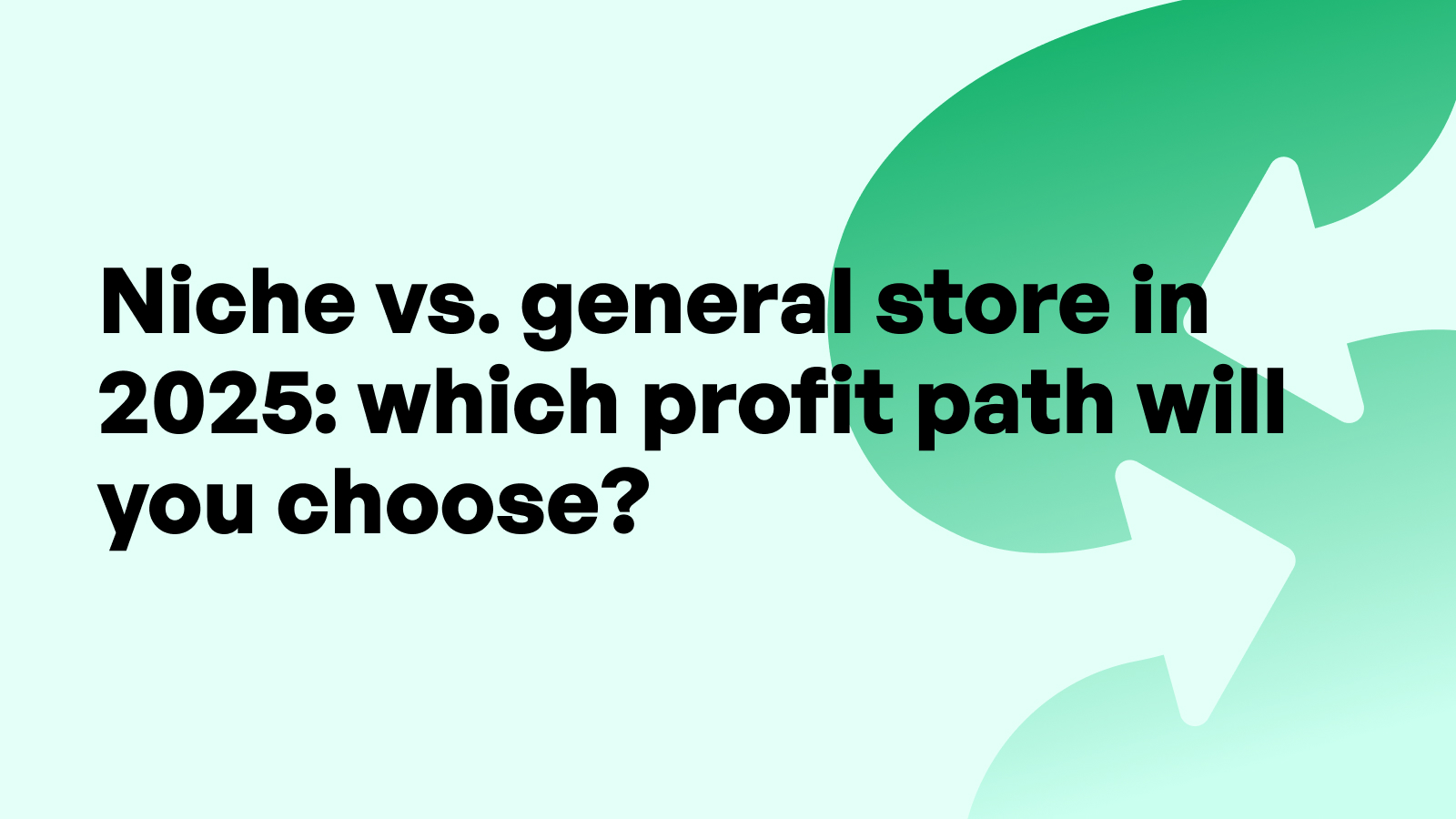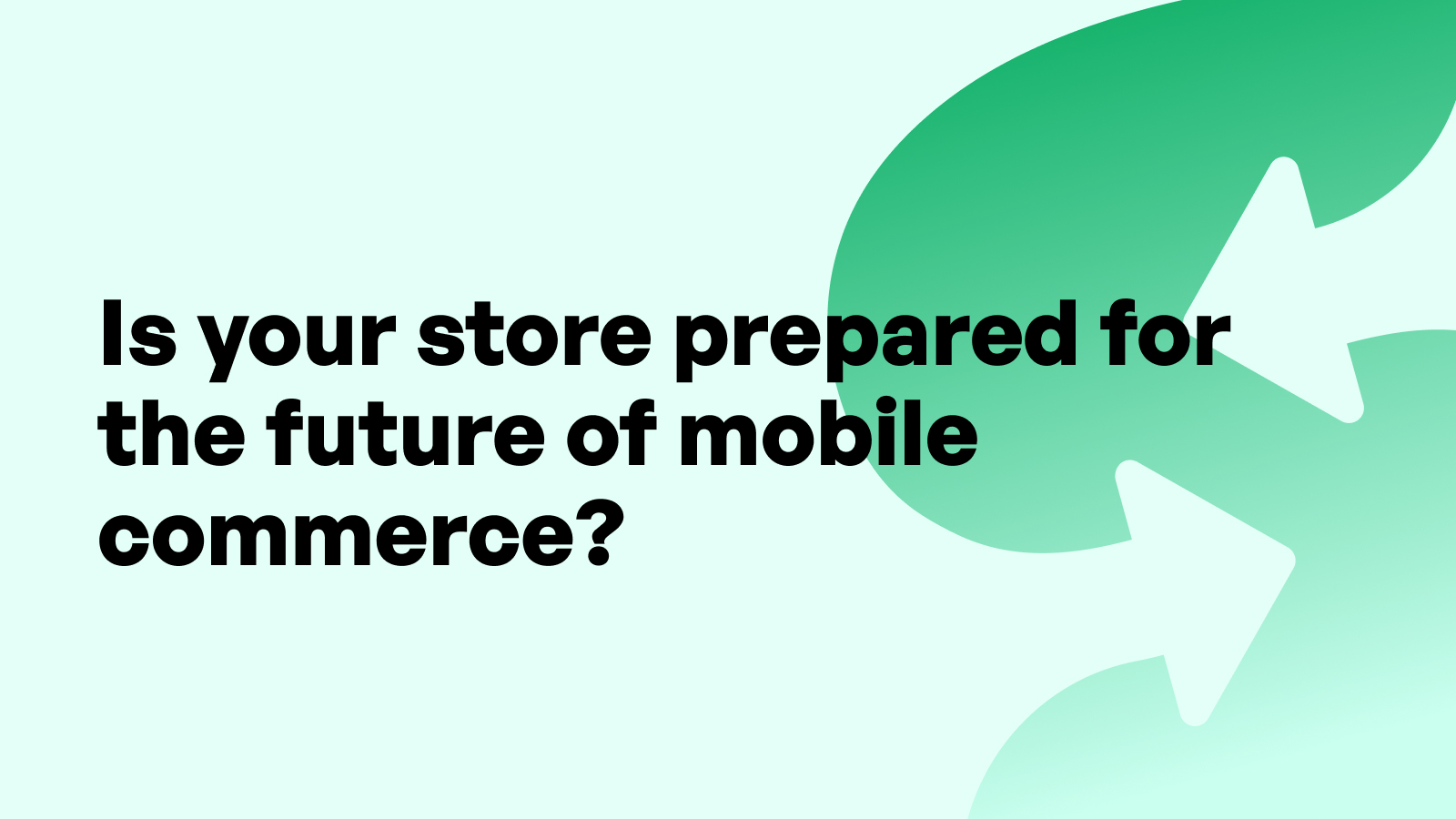How to Make the Most of Influencer Marketing on Shopify
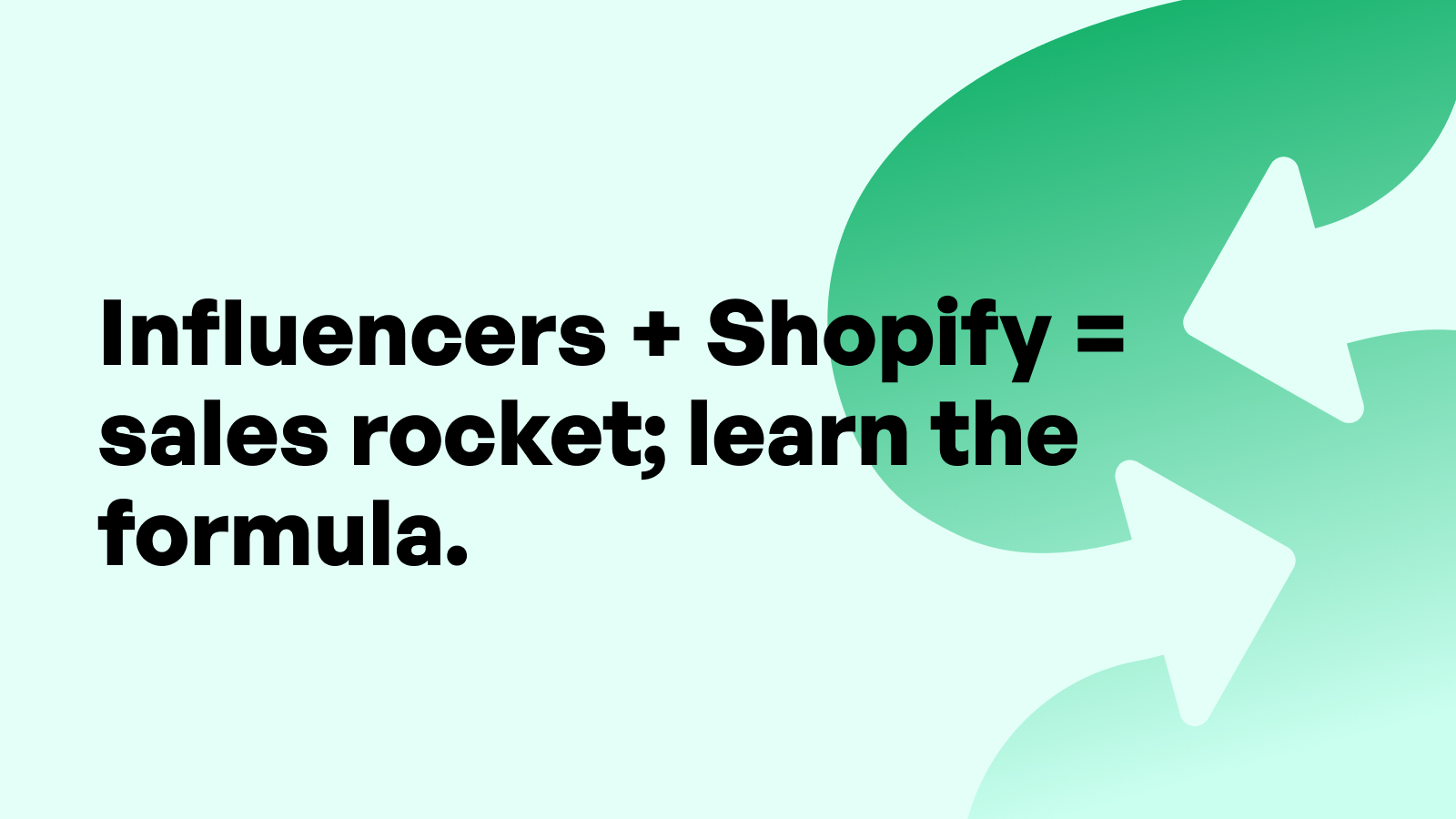
Understanding the Value of Influencer Marketing for Shopify Merchants
Why Influencer Marketing Works in eCommerce
In the era of ad fatigue and skepticism, influencer marketing has emerged as a powerful alternative to traditional advertising for Shopify merchants. Unlike conventional ads, influencer marketing thrives on authenticity. When customers see a real person — often someone they admire or trust — recommending a product, the endorsement carries more weight. This is especially impactful in eCommerce, where digital storefronts can lack the tactile reassurance of brick-and-mortar retail. Influencers bridge that gap by providing social proof in formats that feel organic and trustworthy.
Influencer marketing also excels at targeting specific niches. Whether you sell sustainable skincare, streetwear, or pet accessories, there’s an influencer whose audience aligns with your brand. This level of precision targeting helps Shopify merchants avoid wasting marketing dollars on broad campaigns that fail to convert. With the right influencer, you’re speaking directly to potential customers who are already primed to buy.
Finally, the versatility of influencer content — from unboxings and tutorials to testimonials and affiliate promotions — makes it a multi-purpose investment. Content created by influencers can be repurposed into ads, website assets, emails, and more, amplifying the return on each campaign.
Differences Between Traditional Ads and Influencer Partnerships
While both traditional advertising and influencer marketing aim to drive sales, their mechanisms are fundamentally different. Traditional ads operate on interruption — they appear between YouTube videos, across banner ads, or during podcast breaks. They rely on frequency and targeting algorithms to make an impact. Influencer marketing, on the other hand, leverages engagement and trust. It integrates into a user’s feed and is perceived as content, not an interruption.
For Shopify merchants, this distinction matters. Influencer posts are more likely to be saved, shared, and interacted with, especially when they involve authentic storytelling. Furthermore, influencer content typically has a longer shelf life, continuing to generate views and clicks long after it’s posted. This makes it a smart addition to a diversified marketing strategy, especially when aiming to build a brand, not just run a promotion.
Influencer Marketing in the Shopify Ecosystem
Shopify has recognized the power of influencer marketing and actively supports it through integrations and tools like Shopify Collabs. Merchants can now connect with creators, manage collaborations, and even track performance directly from their admin dashboard. This native integration streamlines a process that was once fragmented and manual.
Shopify merchants also benefit from an ecosystem of third-party apps that facilitate influencer discovery, outreach, and performance analytics. Whether you’re a solopreneur looking to partner with a few micro-influencers or a growing brand managing dozens of collaborations, Shopify provides the infrastructure to support and scale these efforts.
As consumer behavior shifts toward authenticity-driven purchasing, influencer marketing will only become more integral to the Shopify ecosystem.
Setting Clear Influencer Marketing Goals
Defining Campaign Objectives and KPIs
Before reaching out to influencers, it’s critical for Shopify merchants to define their campaign objectives. These goals will determine the type of influencers you partner with, the content they create, and how you measure success. Common objectives include brand awareness, product launches, seasonal promotions, customer acquisition, or content generation.
Each goal requires a different set of KPIs. For example, a brand awareness campaign might prioritize impressions, engagement rate, and reach. In contrast, a product launch campaign would track clicks, conversions, and direct sales. Being precise about your goals allows you to brief influencers more effectively and evaluate campaign ROI with clarity.
Don’t overlook the value of soft metrics. Brand mentions, sentiment analysis, and community engagement may not translate directly to sales, but they play a critical role in long-term brand equity.
Aligning Goals with Store Growth Stages
The stage of your Shopify store should also influence your influencer marketing strategy. For early-stage merchants, influencer campaigns can help validate product-market fit by generating user feedback and early traction. Micro-influencers are often more accessible at this stage and provide targeted engagement without breaking the budget.
As your store matures, your objectives may shift toward scaling revenue, entering new markets, or building customer loyalty. In these cases, partnering with larger influencers, developing long-term brand ambassador programs, or running influencer-led product drops can be more effective.
Understanding where your store is in its growth trajectory helps you align influencer strategies with your broader business roadmap. This alignment ensures that every dollar spent contributes to meaningful milestones.
Tracking Metrics That Matter for Shopify Merchants
Shopify merchants have a unique advantage when it comes to data visibility. Shopify’s robust analytics dashboard, when paired with influencer-specific metrics, provides a clear view of campaign performance. Key metrics to track include:
- Affiliate link clicks and conversions
- Discount code redemptions
- Traffic sources and landing page behavior
- Average order value (AOV) influenced by campaigns
- Repeat purchase rate among referred customers
Merchants should also consider using tools like UTM parameters, post-purchase surveys, and Shopify-integrated influencer tracking apps to attribute results more precisely.
Metrics should not only measure immediate impact but inform future strategy. Regular reviews allow you to identify top-performing influencers, refine your outreach criteria, and reallocate budget toward the highest-ROI channels.
Choosing the Right Influencers for Your Brand
Identifying Your Target Audience and Niche
The foundation of any successful influencer marketing campaign lies in knowing your audience. Shopify merchants should create detailed customer personas that include demographics, psychographics, online behavior, and purchase motivations. These personas guide influencer selection by revealing the type of content and voice your customers respond to.
For example, if you run a Shopify store selling eco-friendly baby products, your ideal influencers might be parenting bloggers focused on sustainability. In contrast, a streetwear brand would benefit more from urban lifestyle influencers with a strong presence on TikTok and Instagram.
Understanding your niche also helps you speak the language of your audience. Influencers who already operate within that niche can create content that feels native and relatable, significantly increasing engagement and trust.
Micro vs. Macro vs. Nano Influencers: Which is Best?
Influencers fall into tiers based on their follower count: nano (1K–10K), micro (10K–100K), macro (100K–1M), and mega (1M+). Each tier has its own advantages, and the right choice depends on your goals and budget.
Nano and micro-influencers often deliver higher engagement rates and more authentic interactions. Their followers view them as peers rather than celebrities, which makes their endorsements feel more trustworthy. These influencers are particularly effective for niche targeting and localized campaigns.
Macro influencers, while more expensive, offer broader reach and can drive substantial traffic in a short amount of time. They are ideal for product launches, brand repositioning, or entering new markets.
Shopify merchants should consider running A/B tests across tiers to see which delivers the best combination of engagement, conversions, and ROI. In many cases, a blended strategy — using a mix of influencer sizes — offers the most scalable results.
Red Flags and Vetting Criteria for Influencer Selection
Not all influencers are created equal. Some purchase followers, inflate engagement with bots, or fail to disclose sponsored content. Shopify merchants must rigorously vet potential partners to avoid wasting budget or damaging their brand.
Key vetting criteria include:
- Engagement authenticity: Look for consistent, meaningful comments, not just likes.
- Follower quality: Use tools to analyze audience demographics and detect fake followers.
- Past brand collaborations: Check if the influencer aligns with your values and has worked with competitors.
- Content quality: Evaluate their photo and video skills, caption style, and production value.
- Communication responsiveness: Professionalism during negotiation is a strong indicator of campaign success.
Taking the time to vet influencers thoroughly ensures your brand is represented by credible, high-performing creators who truly resonate with your ideal customer base.
Platforms and Tools to Discover Shopify-Friendly Influencers
Instagram, TikTok, and YouTube for Product Discovery
When searching for influencers, Shopify merchants should prioritize platforms that align with their products and customer behaviors. Instagram remains a dominant force, especially for visual brands in beauty, fashion, and lifestyle. TikTok has surged in popularity due to its viral potential and younger user base, making it ideal for merchants targeting Gen Z. YouTube, with its long-form format, excels in product reviews, tutorials, and unboxing videos that offer in-depth value.
Using native search features, hashtags, and trending topics can help you identify influencers organically. Additionally, browsing your own followers and repeat customers can surface nano and micro-influencers already engaging with your brand.
The platform you choose should reflect where your customers spend their time and how they like to consume content. Shopify merchants benefit from prioritizing platforms that allow clickable links, high engagement formats, and performance tracking.
Shopify Collabs and Third-Party Influencer Marketplaces
Shopify Collabs is a powerful tool for discovering, managing, and scaling influencer partnerships. It streamlines the application process, facilitates communication, and integrates campaign tracking directly into your Shopify dashboard. For merchants who want a simplified and centralized solution, Shopify Collabs is an ideal starting point.
Beyond Collabs, several third-party influencer marketplaces like AspireIQ, Upfluence, and CreatorIQ offer extensive databases with filters for audience size, niche, platform, and location. These tools often provide analytics dashboards, campaign tracking, and communication workflows that make influencer management easier at scale.
When evaluating platforms, prioritize those that integrate with Shopify to streamline performance tracking and order attribution. The more connected your ecosystem, the more precise your ROI calculations will be.
AI Tools and Metrics for Influencer Analysis
Artificial intelligence has made influencer vetting more data-driven and reliable. AI-powered tools can analyze audience quality, predict engagement, and even forecast campaign performance based on historical data.
Platforms like HypeAuditor, Modash, and Heepsy use machine learning to detect fake followers, analyze content trends, and assign influencer quality scores. These insights help Shopify merchants make smarter investment decisions and avoid influencer fraud.
Metrics to prioritize include:
- Engagement rate (likes + comments / followers)
- Audience location and language
- Follower growth over time
- Brand affinity and topical relevance
By combining AI analytics with manual vetting, Shopify merchants can build a portfolio of trustworthy, high-performing influencer partners.
Building Authentic Influencer Relationships
Outreach Best Practices That Don’t Feel Spammy
One of the biggest mistakes Shopify merchants make is treating influencer outreach like cold sales. Generic, copy-pasted messages are easy to spot — and easier to ignore. Instead, personalization is key. Reference specific posts, explain why you admire their work, and show how your product fits naturally into their lifestyle or content themes.
Respect their time and creativity. Keep your pitch short and clear, outlining your brand, campaign idea, and what’s in it for them. Don’t ask for too much upfront; start the relationship gradually. Influencers receive dozens of requests daily — make yours stand out by sounding human and sincere.
If they don’t respond, a polite follow-up after a few days is fine. But avoid being pushy. Building trust takes time, and a slow start can lead to a lasting partnership.
Structuring Mutually Beneficial Partnerships
The best influencer relationships are win-win. While product gifting may work for smaller creators, most influencers prefer a fair compensation model that reflects their time, effort, and audience value. Compensation can include a flat fee, affiliate commission, or a combination.
Transparency is crucial. Agree on deliverables (post type, timing, content guidelines), payment terms, and usage rights upfront. Make sure both parties have a clear understanding of campaign expectations.
Shopify merchants benefit from offering flexibility and creative freedom. Influencers know their audience best — allowing them to tailor the message increases authenticity and effectiveness. Consider inviting their input on future collaborations, product development, or user-generated content strategy.
Long-Term vs. One-Off Collaborations
While one-off posts can generate quick wins, long-term collaborations tend to yield deeper brand integration and better ROI. Customers see repeated mentions as a sign of genuine endorsement, which builds trust and brand recall.
Long-term relationships also streamline workflow. Once an influencer understands your brand and audience, future campaigns require less onboarding. You can co-develop product launches, giveaways, ambassador programs, or even exclusive merchandise lines.
Shopify merchants should create a tiered influencer strategy — testing one-off campaigns and gradually investing in long-term partnerships with top performers. This approach balances discovery and scalability.
Designing Effective Influencer Campaigns
Creative Briefs, Content Guidelines, and Brand Messaging
A successful influencer campaign begins with clarity. Shopify merchants must invest time in crafting a creative brief that not only communicates campaign logistics but also inspires authentic content creation. Your brief should include essential information such as campaign goals, deadlines, deliverables, brand voice, target audience, and product USPs.
Equally important is providing influencers with creative freedom. Avoid scripting the content — instead, offer guidance on tone, keywords, and core messages you want conveyed. The goal is to maintain brand consistency without stifling creativity.
Visual examples of past campaigns, mood boards, and “do’s and don’ts” can help set expectations without being overly prescriptive. The more supported the influencer feels, the better the results — especially in storytelling, product presentation, and engagement.
Shopify merchants should view the brief as a collaborative document that aligns everyone toward a shared outcome: compelling content that drives conversions.
FTC Disclosures and Legal Compliance
Transparency in influencer marketing isn’t just a best practice — it’s a legal requirement. The Federal Trade Commission (FTC) mandates that influencers clearly disclose paid partnerships to ensure consumers are aware they’re viewing sponsored content.
Shopify merchants should educate their influencer partners about FTC disclosure rules and request compliance in all deliverables. Hashtags such as #ad, #sponsored, or platform-specific disclaimers (e.g., “Paid Partnership with [brand]”) must be visible and unambiguous.
Include disclosure requirements in the campaign brief and agreement. Failure to disclose properly can result in reputational damage, fines, and lost consumer trust.
Legal agreements should also cover content usage rights, timeline, exclusivity clauses, and performance expectations. Shopify merchants can work with legal counsel to ensure contracts are thorough yet fair to both parties.
Measuring Influencer ROI and Campaign Impact
After launching an influencer campaign, the work isn’t over — now it’s time to measure results. Shopify merchants must evaluate performance through a blend of quantitative and qualitative data.
Trackable metrics include affiliate code usage, UTM-tagged traffic, sales conversions, and engagement rates. Shopify’s analytics dashboard, paired with apps like Refersion or UpPromote, offers detailed attribution insights. You’ll be able to see which influencers drove the most traffic, which products converted best, and how new customers behave post-purchase.
Also consider qualitative impact: Were there brand mentions in comments? Did followers ask product-related questions? Did sentiment improve? These insights help refine future campaigns.
Campaign performance should be benchmarked against previous influencer initiatives and other marketing channels. Over time, you’ll identify top performers and create a data-backed playbook for scaling your influencer marketing ROI.
Repurposing Influencer Content for Maximum Value
Turning Posts into Ads, Emails, and On-Site Content
One of the most overlooked benefits of influencer marketing is the ability to repurpose content. Shopify merchants can extract far more value from a campaign by turning influencer posts into assets across multiple channels.
Instagram photos and TikTok videos can be used in paid social ads with proper rights clearance. Customer testimonials and product demos can enhance your product pages, improving trust and conversion rates. Engaging influencer content also performs well in email campaigns, helping re-engage your list with authentic, non-branded visuals.
To legally repurpose content, Shopify merchants must include usage rights in their initial contract. This should specify how and where content can be reused, for how long, and under what conditions.
Repurposing content not only extends campaign lifespan but also builds brand consistency across every touchpoint — from ad to inbox to checkout.
Case Studies of Shopify Brands Leveraging Influencer UGC
Several successful Shopify brands have built entire marketing strategies around influencer-generated content (UGC). Beardbrand, for example, uses influencer videos and lifestyle shots to populate its social media, blog posts, and landing pages. By curating UGC across multiple formats, they maintain an approachable brand image and build customer trust.
Another case is Cupshe, a fashion brand that frequently features micro-influencer content in its Facebook Ads. These visuals often outperform traditional branded content due to their relatability and candid style.
These examples demonstrate that influencer marketing is more than a one-off tactic — it’s a sustainable content engine. Shopify merchants should build systems to collect, license, organize, and deploy influencer UGC across the customer journey.
Conclusion: Scaling with Influencer Marketing on Shopify
Influencer marketing offers Shopify merchants a high-impact strategy to drive awareness, engagement, and conversions in today’s trust-driven economy. From nano-influencers to long-term ambassador programs, the ability to connect with niche audiences in an authentic way gives Shopify brands a competitive edge.
To execute successful campaigns, merchants must align strategy with store maturity, invest in influencer relationships, and repurpose content to maximize ROI. Data-driven analysis ensures every campaign builds on the last, creating a scalable and sustainable channel for growth.
For merchants looking to streamline the customer journey post-influencer campaign, the Self Serve Shopify App is an excellent addition to your toolkit. It enables seamless post-click experiences, improves checkout efficiency, and enhances buyer satisfaction — all crucial for capitalizing on influencer-driven traffic.
As the digital landscape continues to evolve, influencer marketing will remain a dynamic and essential pillar of Shopify success.
FAQs: Influencer Marketing for Shopify Merchants
1. How much should Shopify merchants budget for influencer marketing? Budgets vary depending on goals and influencer tier. Nano-influencers may accept free products, while micro-influencers typically charge between $100–$500 per post. Macro influencers can cost thousands per campaign. Start small, test different tiers, and scale based on ROI.
2. What platforms are best for influencer campaigns? Instagram and TikTok are ideal for visual-first brands, while YouTube suits long-form product reviews. Shopify Collabs simplifies creator partnerships directly in your Shopify dashboard. The best platform depends on your audience’s preferences and product type.
3. How do I know if an influencer is worth working with? Look beyond follower count. Prioritize engagement quality, audience authenticity, content alignment, and professionalism. Use tools like HypeAuditor or Modash for data verification and track past collaborations.
4. Should I work with influencers long-term or one-time? Both can be effective. One-time posts are great for testing, while long-term relationships foster deeper brand integration and consistent exposure. Create a hybrid strategy tailored to your goals.
5. What’s the best way to track influencer ROI? Use unique discount codes, UTM parameters, Shopify analytics, and influencer tracking apps like UpPromote. Evaluate results based on conversions, engagement, and customer behavior to fine-tune future campaigns.

